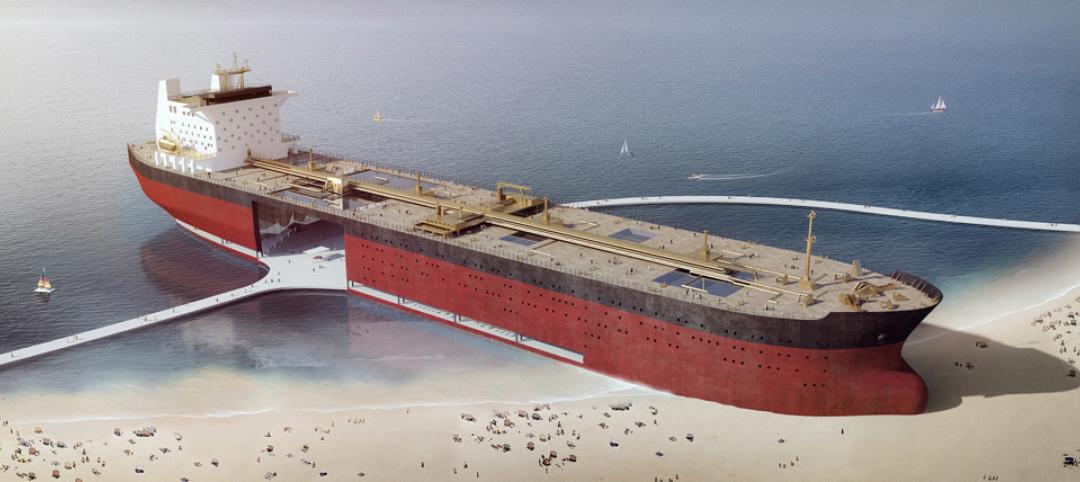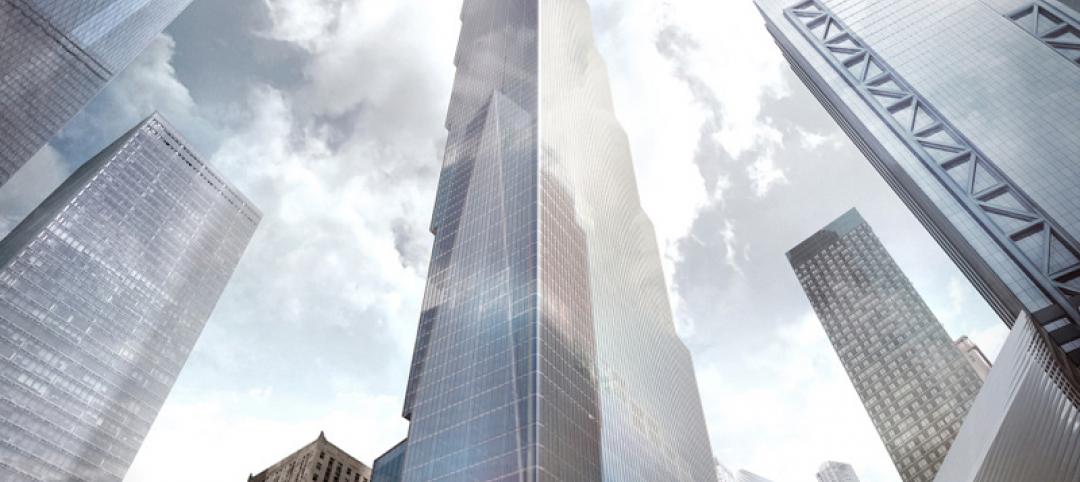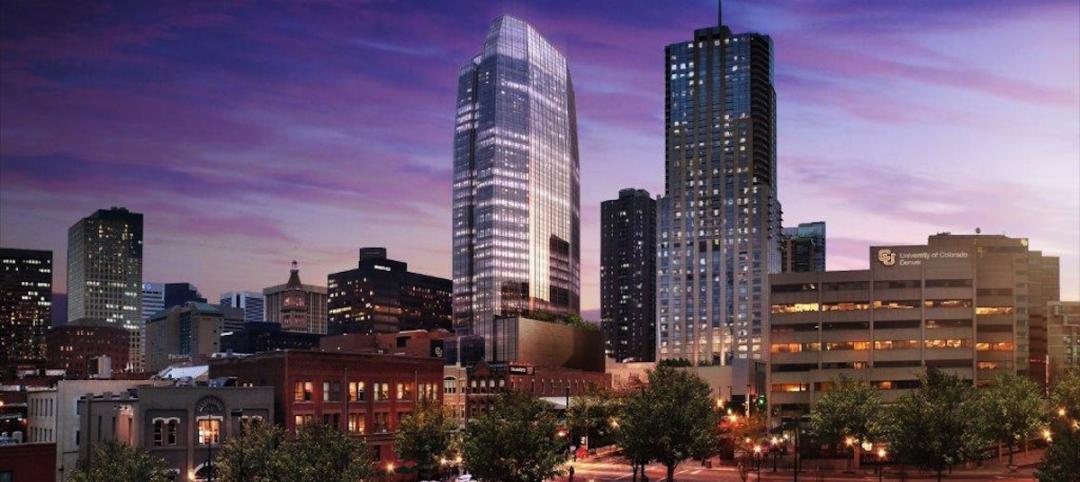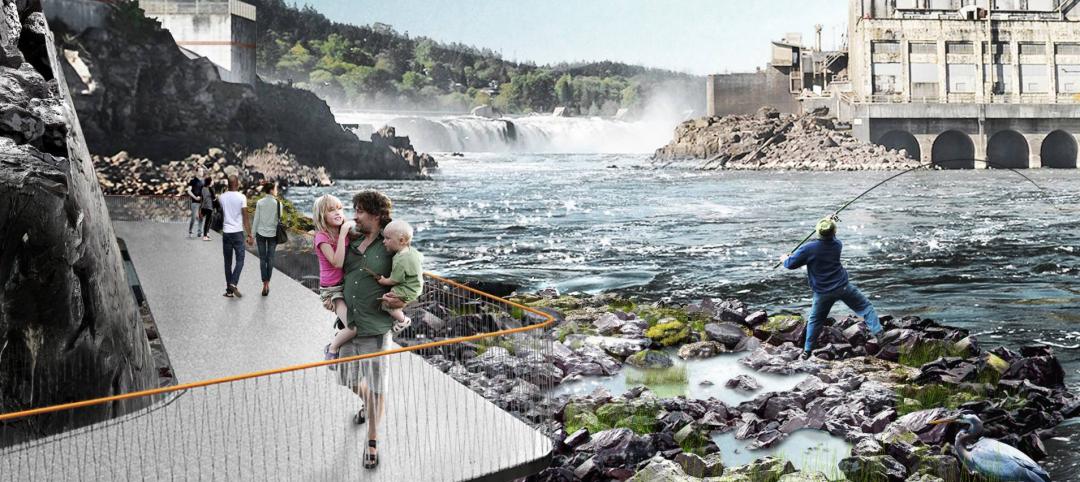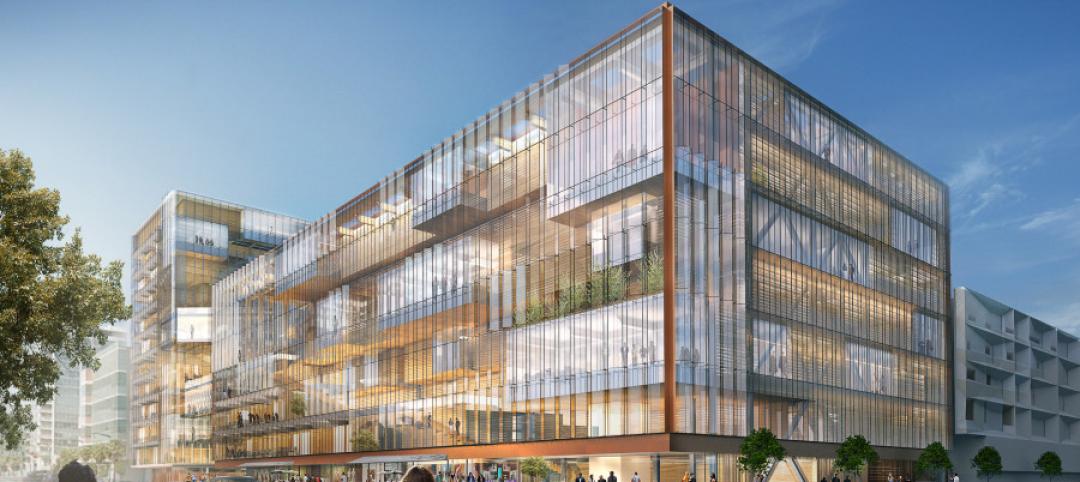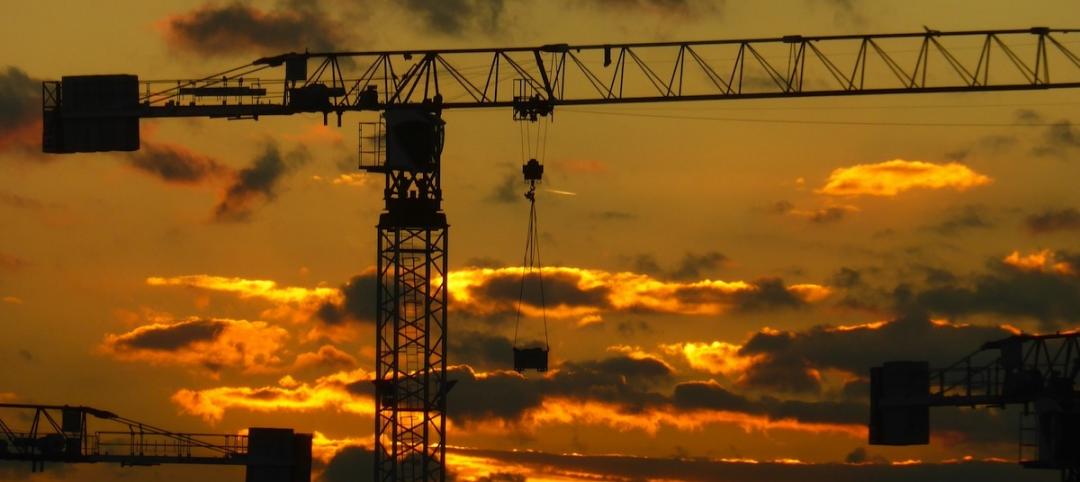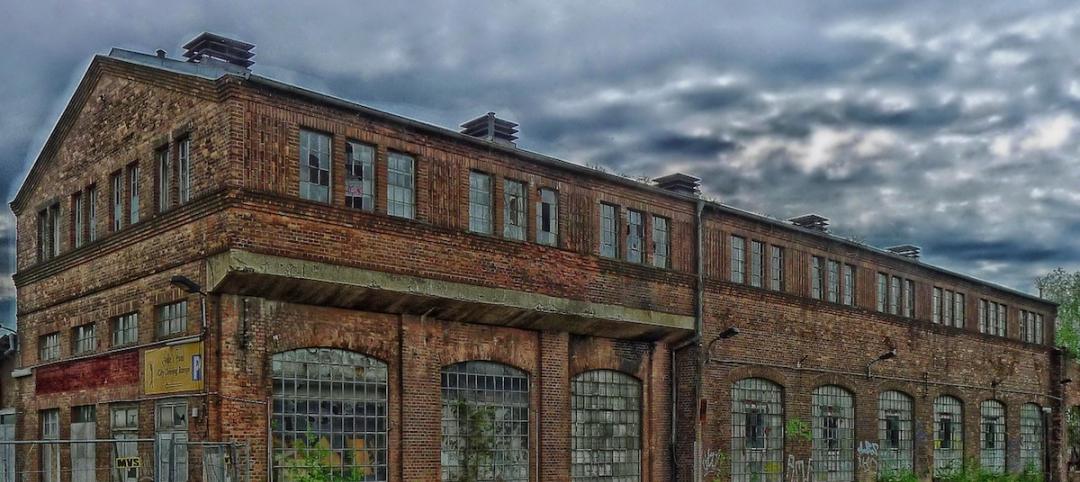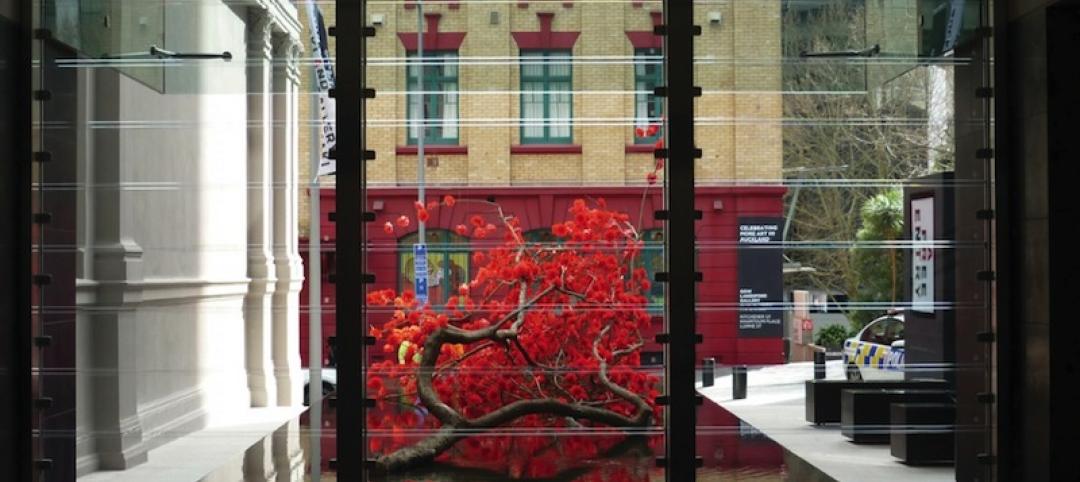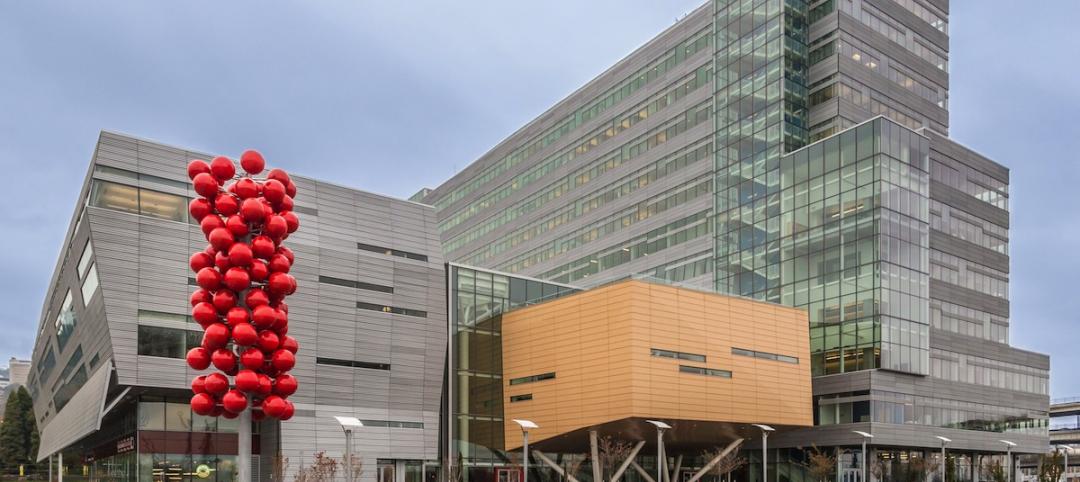The U.S. Green Building Council (USGBC) introduces its latest green building rating system, LEED for Healthcare. The rating system guides the design and construction of both new buildings and major renovations of existing buildings, and can be applied to inpatient, outpatient and licensed long-term care facilities, medical offices, assisted living facilities and medical education and research centers.
“Research has shown that when we are treated and heal in a green healthcare facility – one that has a healthy indoor environmental quality and connects us to the outdoors – we heal faster, have shorter hospital stays and fewer return visits,” said Scot Horst, Senior Vice President of LEED, USGBC. “LEED for Healthcare is now six years in the making, addressing the healthcare industry’s unique green building needs.”
The LEED for Healthcare rating system represents a culmination of close collaboration between the Green Guide for Healthcare (GGHC), a project of the Center for Maximum Potential Building Systems and Health Care Without Harm, and USGBC. The GGHC pilot launched in 2007, and feedback from the projects helped inform the creation of LEED for Healthcare.
“LEED for Healthcare represents a milestone for green building,” said Gail Vittori, Co-Director of Center for Maximum Potential Building Systems and Founding Chair of the LEED for Healthcare Committee. ”Building on the foundational work of the Green Guide for Healthcare, it provides an explicit recognition of health consequences associated with a spectrum of building-related decisions—from location, to water and energy sources and use patterns, and materials specification—and emphasizes integrative design as requisite for a successful design, construction and building performance outcomes.”
LEED for Healthcare was developed to meet the unique needs of a 24-hour operational facility, including process water use related to medical equipment, rural facility locations, patient populations, often with compromised immune systems, sensitive to chemicals and pollutants, patient and staff health and many other issues that are unique to this building type.
The LEED for Healthcare rating system passed USGBC member ballot in November 2010. More than 225 healthcare projects have received LEED certification, with 1,176 in the pipeline as registered projects. Additional tools and resources, including educational workshops, webinars, podcasts, and Reference Guide, will be made available in the coming months when full certification functionality is available.
To learn more about LEED for Healthcare, pre-order a Reference Guide or participate in a rating system- specific workshop, visit www.usgbc.org/leed/healthcare.
U.S. Green Building Council
The Washington, D.C.-based U.S. Green Building Council is committed to a prosperous and sustainable future for our nation through cost-efficient and energy-saving green buildings.
With a community comprising 79 local affiliates, nearly 16,000 member companies and organizations, and more than 162,000 LEED Professional Credential holders, USGBC is the driving force of an industry that is projected to contribute $554 billion to the U.S. gross domestic product from 2009-2013. USGBC leads an unlikely diverse constituency of builders and environmentalists, corporations and nonprofit organizations, elected officials and concerned citizens, and teachers and students.
Buildings in the United States are responsible for 39% of CO2 emissions, 40% of energy consumption, 13% water consumption and 15% of GDP per year, making green building a source of significant economic and environmental opportunity. Greater building efficiency can meet 85% of future U.S. demand for energy, and a national commitment to green building has the potential to generate 2.5 million American jobs. Visit www.usgbc.org to learn more.
LEED
The U.S. Green Building Council's LEED green building certification system is the foremost program for the design, construction and operation of green buildings. Nearly 40,000 projects are currently participating in the commercial and institutional LEED rating systems, comprising nearly 8 billion square feet of construction space in all 50 states and 117 countries. In addition, more than 10,000 homes have been certified under the LEED for Homes rating system, with nearly 38,000 more homes registered.
By using less energy, LEED-certified buildings save money for families, businesses and taxpayers; reduce greenhouse gas emissions; and contribute to a healthier environment for residents, workers and the larger community.
Related Stories
Cultural Facilities | Jun 10, 2015
Artists turn oil tankers into architecture
Four Dutch artists propose transforming tankers into monuments with mixed-use space.
Office Buildings | Jun 9, 2015
Bjarke Ingels unveils stepped design for final WTC tower
The towering "staircase" will rise from St. Paul’s chapel to the skyline, leaning against One World Trade Center.
Office Buildings | Jun 9, 2015
Hines planning $300 million office tower for Denver skyline
Designed by Pickard Chilton, the 640,000-sf tower is geared for large-scale tenants, with features like floor-to-ceiling glass, a 5,000-sf fitness center, a tenant lounge, and a series of outdoor terraces.
Architects | Jun 3, 2015
LEGO: An introduction to design
LEGO has changed a lot over the years, but has that been a good thing for encouraging creativity?
Cultural Facilities | Jun 2, 2015
Snøhetta and Dialog to revitalize Willamette Falls area in Oregon
As part of the plan, an abandoned paper mill will be repurposed, while landscaping and running trails will be added.
Office Buildings | Jun 1, 2015
SHoP Architects unveils dual-glass-box scheme for Uber HQ
The plan involves two glass buildings connected with criss-crossing bridges.
Contractors | Jun 1, 2015
Nonresidential construction spending surges in April
Nonresidential construction is up by a solid 8.8% over the past year, consistent with ABC's forecast of high single-digit growth.
Office Buildings | Jun 1, 2015
Can you make a new building as cool as a warehouse?
Just as we looked at that boarded up warehouse and thought it could be something other, office towers can be reborn, writes CannonDesign's Robert Benson.
Fire and Life Safety | May 27, 2015
7 bold applications and innovations for fire and life safety
BD+C’s roundup features colorful sprinklers for offices, hotels, museums; a fire-rated curtain wall at a transit hub in Manhattan; a combination CO/smoke detector; and more.
BIM and Information Technology | May 27, 2015
4 projects honored with AIA TAP Innovation Awards for excellence in BIM and project delivery
Morphosis Architects' Emerson College building in Los Angeles and the University of Delaware’s ISE Lab are among the projects honored by AIA for their use of BIM/VDC tools.


